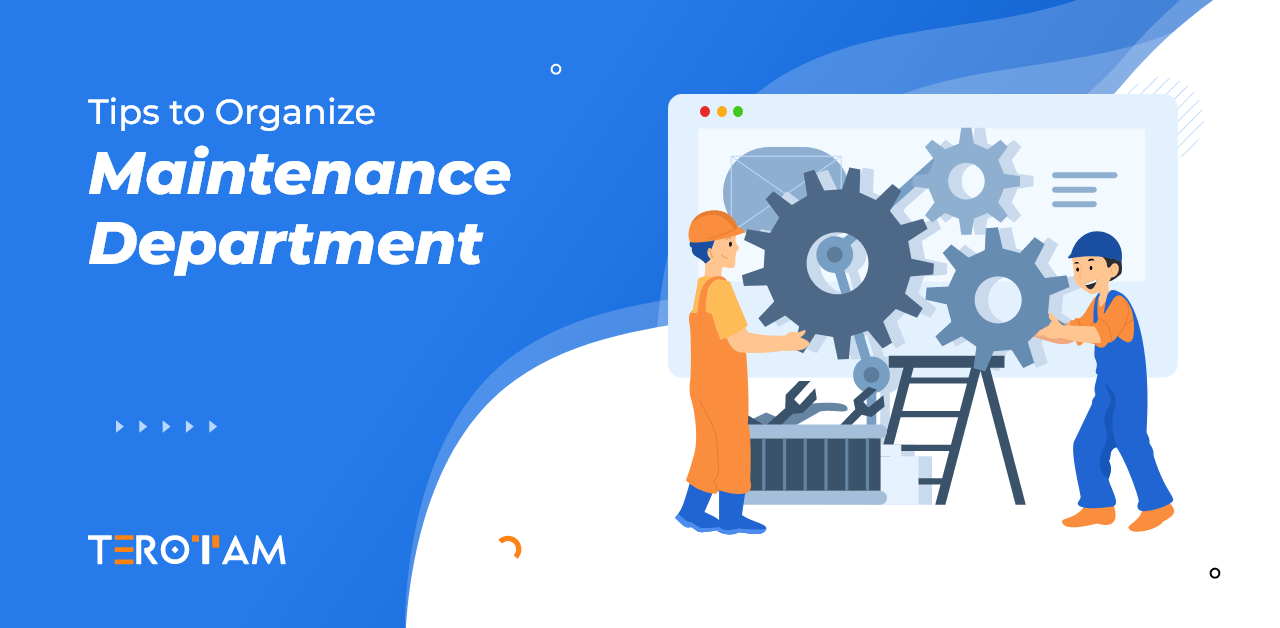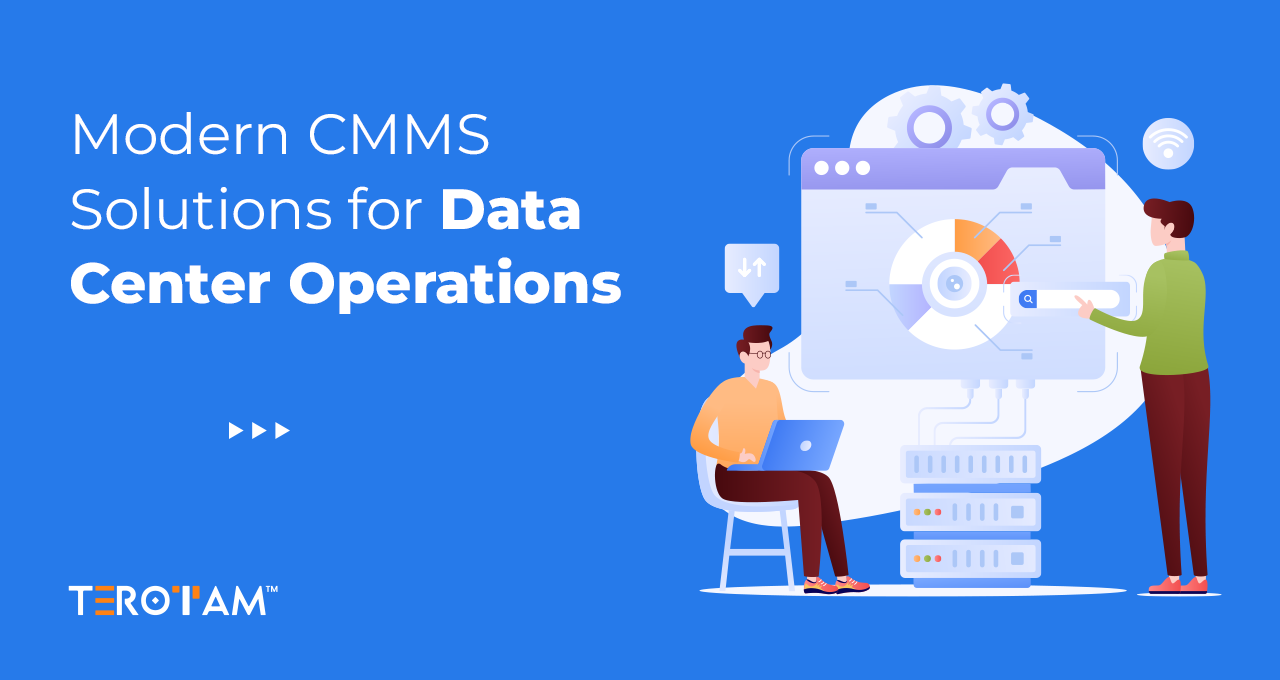Effective maintenance is crucial to ensure the seamless functioning of equipment, machinery, and facilities. An organized maintenance department is a must for achieving operational excellence, reducing downtime, and ultimately contributing to the overall success of an organization.
In this article, we will explore the key purposes of a maintenance department and the reasons why organizing it is with a few practical strategies for optimizing its structure.
Why Do You Need to Organize the Maintenance Department?
Organizing your maintenance department is crucial for several reasons. Let’s check out some quick reasons for it.
- Proactive Problem Solving: A structured setup facilitates proactive issue identification and resolution, reducing downtime and preventing major breakdowns.
- Efficient Resource Allocation: Organizing the maintenance department enables the optimal use of personnel, tools, and materials, minimizing waste and enhancing cost-effectiveness.
- Adaptability to Change: Organized maintenance teams are better equipped to adapt to technological, regulatory, or organizational changes, staying aligned with evolving business needs.
- Enhanced Safety Culture: A structured organization promotes a strong safety culture, incorporating standard operating procedures and safety protocols to reduce accidents and injuries.
- Data-Driven Decision-Making: Well-organized departments leverage data and analytics for informed decisions, optimizing maintenance strategies and cutting overall costs.
- Compliance Assurance: In regulated industries, the organization ensures adherence to standards and regulations, mitigating legal risks and establishing trustworthiness.
- Strategic Goal Alignment: Well-organized maintenance aligns with broader strategic goals, contributing to cost savings, improved equipment effectiveness, and support for sustainability initiatives.
7 Key Strategies to Organize Your Maintenance Department
Organizing your maintenance department means taking action about your asset allocation and deployment, managing your work and task allocation, and integrating technology with it.
Strategic Hiring:
- Develop targeted hiring processes aligned with departmental needs and goals.
- Seek individuals with diverse skills encompassing technical proficiency and problem-solving abilities.
- Prioritize candidates who are adaptable, willing to learn, and collaborative.
- Conduct thorough interviews to assess both technical competencies and interpersonal skills.
Clear Organizational Hierarchy:
- Define transparent roles and responsibilities to avoid ambiguity.
- Establish a clear chain of command for effective communication and decision-making.
- Foster a culture of accountability, ensuring that each team member understands their role in the organizational structure.
Standard Operating Procedures (SOPs):
- Develop comprehensive SOPs for each maintenance task, ensuring clarity and consistency.
- Regularly update SOPs to reflect changes in equipment, processes, or industry best practices.
- Ensure accessibility of SOPs to all team members through a centralized system.
- Conduct regular training sessions to familiarize the team with SOPs and address any questions or concerns.
- Establish a feedback loop for continuous improvement of SOPs based on real-world experiences.
Skill-Based Task Assignment:
- Identify the specific skills and strengths of each team member.
- Align tasks with individual skill sets to maximize efficiency.
- Foster cross-training to develop a versatile team capable of handling various maintenance responsibilities.
Implement a Dynamic Maintenance Management Software:
- Implement a robust maintenance management software system.
- Utilize features for task tracking, resource management, and data analysis.
- Ensure the software is scalable and adaptable to evolving departmental needs.
Motivational Work Environment:
- Foster a positive culture of collaboration and innovation.
- Recognize and reward achievements to keep the team motivated.
Data-Driven Decision-Making:
- Regularly analyze maintenance data and performance metrics to identify trends, patterns, and potential areas for improvement.
- Utilize predictive maintenance tools and technologies to anticipate and address issues before they lead to downtime.
- Foster a culture of continuous improvement based on insights derived from data analysis.
- Ensure data-driven decision-making is integrated into the department’s strategic planning process.
- Invest in training team members on data interpretation and utilization to empower them in making informed decisions.
Conclusion
Organizing your maintenance department is not just a matter of efficiency; it’s a strategic imperative for the success of your organization.
Aligning your maintenance processes with industry best practices, embracing technology, and fostering a culture of continuous improvement, empowers you to create a maintenance department that mitigates risks and reduces costs at the same time propels your organization towards operational excellence.
Take the time to assess your unique needs, implement the strategies outlined in this article, and witness the positive impact on your overall business performance. If you need a helping hand, we are ready to help. Connect with our expert now or write us back at contact@terotam.com








